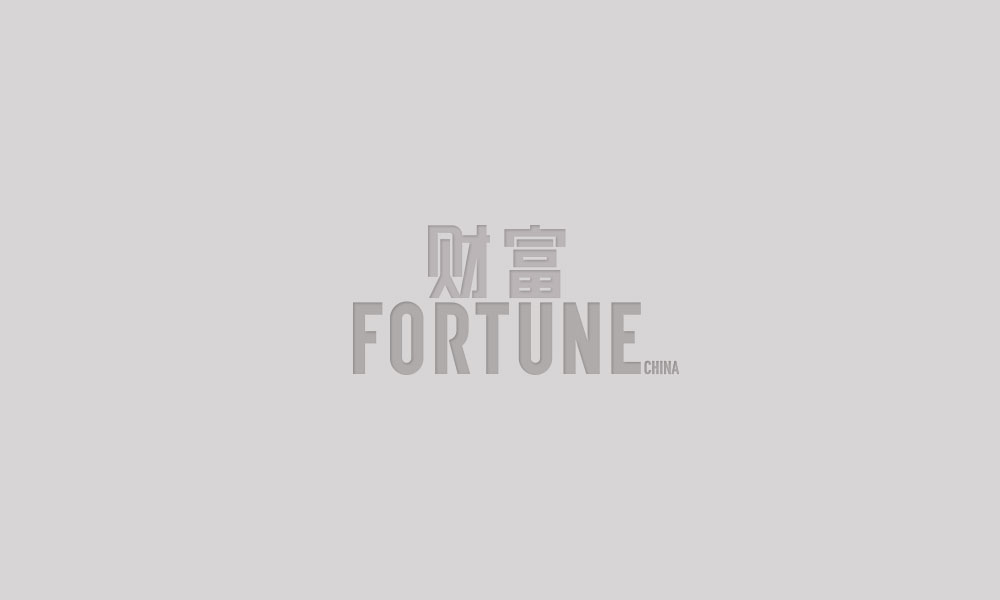數(shù)字時代首席營銷官的生存之道
|
承認弱點,,尋求幫助 ????科特勒稱:“數(shù)字化時代意味著更智能的購物渠道”和更精明的消費者?!癟witter上的消息傳播得飛快,。做得好的公司,,人們不吝贊美之詞,;做得不好的公司,,人們也會批評?!?/p> ????那么,,如何確保躋身“好公司”之列呢?接受IBM調(diào)查的首席營銷官們表示,,他們首先要承認代溝給他們帶來的弱點,。巴尼卡瑞姆稱,很多營銷官只是“雇傭一個人來負責(zé)社交媒體,,然后說:‘看,,這事已經(jīng)搞定了?!?/p> ????誠然,,要把控制權(quán)下放給數(shù)字原生代的年輕人,這一點很難做到,,盡管有時候這或許是最好的方法,。不久前還擔(dān)任著湯姆森路透(Thomson Reuters)首席營銷官的李·安·戴利說,“控制狂”營銷官很難放棄對每件事情的控制,。 ????但是,,解決方案并沒有多少科技含量,營銷官們稱:通過讓熟悉新型媒體的年輕員工感受到管理層的重視,,充分發(fā)揮他們的才能,。戴利說:“充分信任那些善于利用技術(shù)變革的年輕員工,這樣,,我對每次技術(shù)變革的應(yīng)對都得心應(yīng)手,。我并不指望自己面面俱到?!焙蛯殱嵐荆≒rocter & Gamble)前任首席營銷官吉姆·史坦格一樣,,他們都把反向教育作為向年輕團隊成員授權(quán)、以及讓營銷官在數(shù)字世界重新煥發(fā)生機的方法,。 ????反向教育本身并不是什么新鮮事物,,但是其運用方式卻可以進一步完善。史坦格清晰地解釋二者的區(qū)別:首席營銷官必須充分信任年輕員工,,但同時必須積極參與,,這樣才能判斷哪些是好點子,哪些是餿主意,。史坦格希望看到更多的首席營銷官能親自拜訪消費者,,與消費者建立直接聯(lián)系,無論是現(xiàn)實世界的真實聯(lián)系還是網(wǎng)絡(luò)世界的虛擬聯(lián)系。 ????換言之,,很多公司口口聲聲地提倡反向教育,,安排實習(xí)生用幾個暑期課程的時間,向經(jīng)驗豐富的高管們介紹Facebook,。這樣的反向教育即使確實存在,,也是遠遠不夠的。 ????接受IBM調(diào)查的首席營銷官中,,能實現(xiàn)技術(shù)與社交媒體完美平衡的人屈指可數(shù),,這么低的比例讓史坦格深感不安。史坦格在寶潔公司工作時管理著世界上最龐大的廣告預(yù)算,。 ????史坦格說:“這種情況非常危險,。首席營銷官需要親身參與。需要拿出80%的時間來寫博客嗎,?沒必要,。但是,一定要親身體驗,?!?/p> ????充分利用數(shù)字革命意味著改善與他人的溝通(即使只是通過社交媒體)。如果首席營銷官們不能認識到這一點,,(IBM的調(diào)查似乎暗示了這種情況),,要想讓他們親自體驗社交媒體也會變得異常艱難。 ????首席營銷官沒辦法拿出水晶球,,預(yù)測新一代的顛覆性數(shù)字化平臺何時誕生,;但也沒必要整天陷在追趕的游戲中。現(xiàn)在就行動起來,,用心經(jīng)營與公司上下級同事的人際關(guān)系,。這樣,即使新一輪創(chuàng)新革命來臨,,首席營銷官的位置也會固若金湯,。 ????譯者:喬樹靜/汪皓 |
Admitting weakness, asking for help ????"Digital means more intelligent buying" and smarter customers, Kotler says. "Word will travel on Twitter about the good guys and the bad guys." ????So how do you make sure you are one of the "good guys"? The CMOs surveyed by IBM say they first need to admit to a generational disadvantage. According to Banikarim, too many CMOs simply "hire one person to do social media and say, 'Check, I've got that covered.'" ????To be sure, it can be difficult to relinquish control to a younger generation of digital natives, even in cases where that's the best approach. Lee Ann Daly, until recently the CMO at Thomson Reuters (TRI), warns that "control freak" CMOs might have a hard time leaving their fingerprints off of every effort. ????The solution, however, is low-tech, the marketers say: Get the most out of younger employees familiar with new media by making them feel valued at the meeting table. "I've handled each turn of the technology change wheel by trusting younger people who are using it," Daly says. "I can't be expected to be noodling around in every space." She joins Jim Stengel, former CMO of Procter & Gamble (PG), in stressing reverse mentoring as a way to both empower younger team members while refreshing CMOs working in the digital space. ????Reverse mentoring is not new, but how it is used can be improved. Stengel explains the distinction neatly: the CMO must trust younger employees while staying engaged enough to know the good ideas from the bad. Stengel wants to see more CMOs going straight into consumers' homes to directly build relationships, either in the flesh or through the digital space. ????In other words, the lip service reverse mentoring that goes on at many companies, in which an intern might "teach" Facebook to a seasoned exec over a couple summer sessions, is no longer adequate -- if it ever was. ????The number of CMOs in the IBM survey who were able to strike an ideal balance with technical and social media was disturbingly low to Stengel, the man once tasked with directing the world's largest ad budget while at P&G. ????"That's dangerous," Stengel says. "CMOs need to get personally involved. Do you need to spend 80% of your time blogging? No. But you need to put your feet in the water." ????Doing so might seem difficult to CMOs who don't recognize, as those in the IBM survey appear to do, that exploiting digital innovation actually means improving how we communicate with other people, even if it's through social media. ????CMOs can't pull out a crystal ball to predict the next major disruptive digital platform, but they don't have to stay caught in a constant game of catch-up. By investing in their relationships with coworkers from top to bottom now, chief marketers can put themselves in a solid position when the next innovation shockwave hits. |













